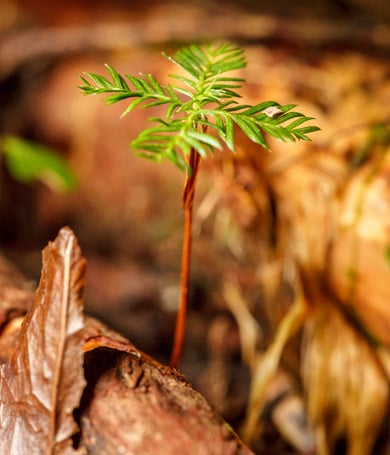Look out for the two UrbanNature native regeneration panels in the town belt. One is along City Road and the other along the track between Maori Road and Cannongate Road.
How did we end up with the Town Belt?
Ngāi Tahu stories tell of the wreck of the ancestral waka Arai te uru, after which Puketapu was sent to gather firewood. After travelling as far as Southland to collect the wood, Puketapu dropped some sticks on the way back. Trees immediately sprung up where these bundles of sticks landed, giving rise to forests along the length of Puketapu’s journey. One of the bundles landed in Ōtepoti near the Owheo (Leith River), forming our treasured ‘Town Belt’.
During the settlement of Dunedin, much of the land was cleared of forest. This included most of the Town Belt, though patches of remnant native bush persist. In an effort to make their surroundings appear more ‘English’, settlers planted exotic species in the Town Belt. The area became reminiscent of the ‘Motherland’ that they so fondly remembered. Furthermore, other opportunistic exotic species, equipped with adaptations to disperse and grow rapidly, were able to colonise the newly cleared land.

Image: Rob Suisted ©
The Town Belt we see today reflects these historical disturbances, with exotic species continuing to dominate in many places. The presence of these species is not an entirely bad thing however, as they create the sheltered conditions necessary for native species to establish. In this way, the regenerating forest shares similarities with our heritage and current society: a strong colonial influence with a later revival of indigenous culture.
Birds have a role to play in this process of regeneration. Kererū/wood pigeon and other birds act as dispersers, feeding on the fruit of natives such as Coprosma and Fuchsia and depositing seeds with added fertilizer, or unwittingly carrying the sticky seeds of Pittosporum species. The dispersal of seeds plays a key role in deciding the future development of the forest.
To help the natural dispersal that’s happening, you can play a part in aiding the regeneration of the forest. Gather your friends, family or colleagues together for a planting day. If you live nearby, make sure to plant native species in your garden to encourage visits from native birds.
Check out DOC’s suggestions for what species to plant to support bird life.
With further regeneration of the native forest along the Town Belt, the bird song will almost certainly increase as more food becomes available. The increase in birds will then-feed back into the forest regeneration.